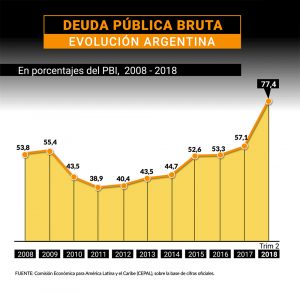HISTORY LOGISTCS
ABSTRACT
This article will be divided into three sections: past, present, and future. The past section will trace major events that created business logistics as it is practiced today. In particular, do the events portend the future of business logistics and supply chain management? The present section will attempt to summarize the state of business logistics. How business logistics relates to supply chain management will be addressed. The future section will make some predictions as to the issues that need to be addressed and the events that will likely take place in the near term.
INTRODUCTION
It has been my good fortune to experience the inception and growth of business logistics, and now supply chain management, as an area of academic study, research, and business practice. As a logistician, I will trace the evolution of thought in the field and make some predictions as to where the field may be headed. Much of what I have to say is based on my understanding of the events of the past as they occurred in the United States and what these events mean for the future. There is no documented historical record withstanding scientific scrutiny that can be used to validate what occurred and why. Conclusions in this article come from my impression of the events surrounding business logistics, their basis, and their meaning from the vantage point of one who has lived through the formation and growth of business logistics and who has been deeply involved in logistics education, research, and practice for more than 40 years.
THE PAST
The Backdrop
Before the 1950s, logistics was thought of in military terms. It had to do with procurement, maintenance, and transportation of military facilities, materiel, and personnel. Although a few authors before this time began talking about trading one cost for another, such as transportation costs with inventory costs, and discussed the benefits to the firm of getting the right goods to the right place at the right time, the organization within the typical firm around the activities currently associated with logistics was fragmented. Figure 1 shows how a firm might have organized key activities at that time in terms of the responsibilities and objectives for marketing, finance, and production. This fragmentation led to conflicts among those responsible for logistics activities with the result that, from the firm?s perspective, costs and customer service were sub-optimized. The reasons for this fragmentation were said to be:
- A lack of understanding of key cost tradeoffs
- The inertia of traditions and conventions
- Areas other than logistics were thought to be more important
- The organization may have been in an evolutionary state






